Invasive Pests Are The Greatest Threat To Ash Species
-
Region
Global -
Topic
Conservation Prioritisation -
Type
News -
Source
BGCI
Ash species make up significant parts of many temperate forests and woodlands where they perform important ecosystem functions, forming habitats with many other hardwood species and providing fodder for native wildlife. They are also common street trees and found in many botanic gardens across the northern hemisphere.
A total of 53 species of Fraxinus were assessed for The Red List of Fraxinus, which includes all of the world’s ash species. Encouragingly, only 21% of the group are considered to be threatened with extinction, which is much lower than other botanical groups which have been assessed such as the magnolias (48% of species threatened). This is likely due to the ability of this iconic group to persist in a wide range of habitats giving them large native ranges and buffering populations against disturbance.
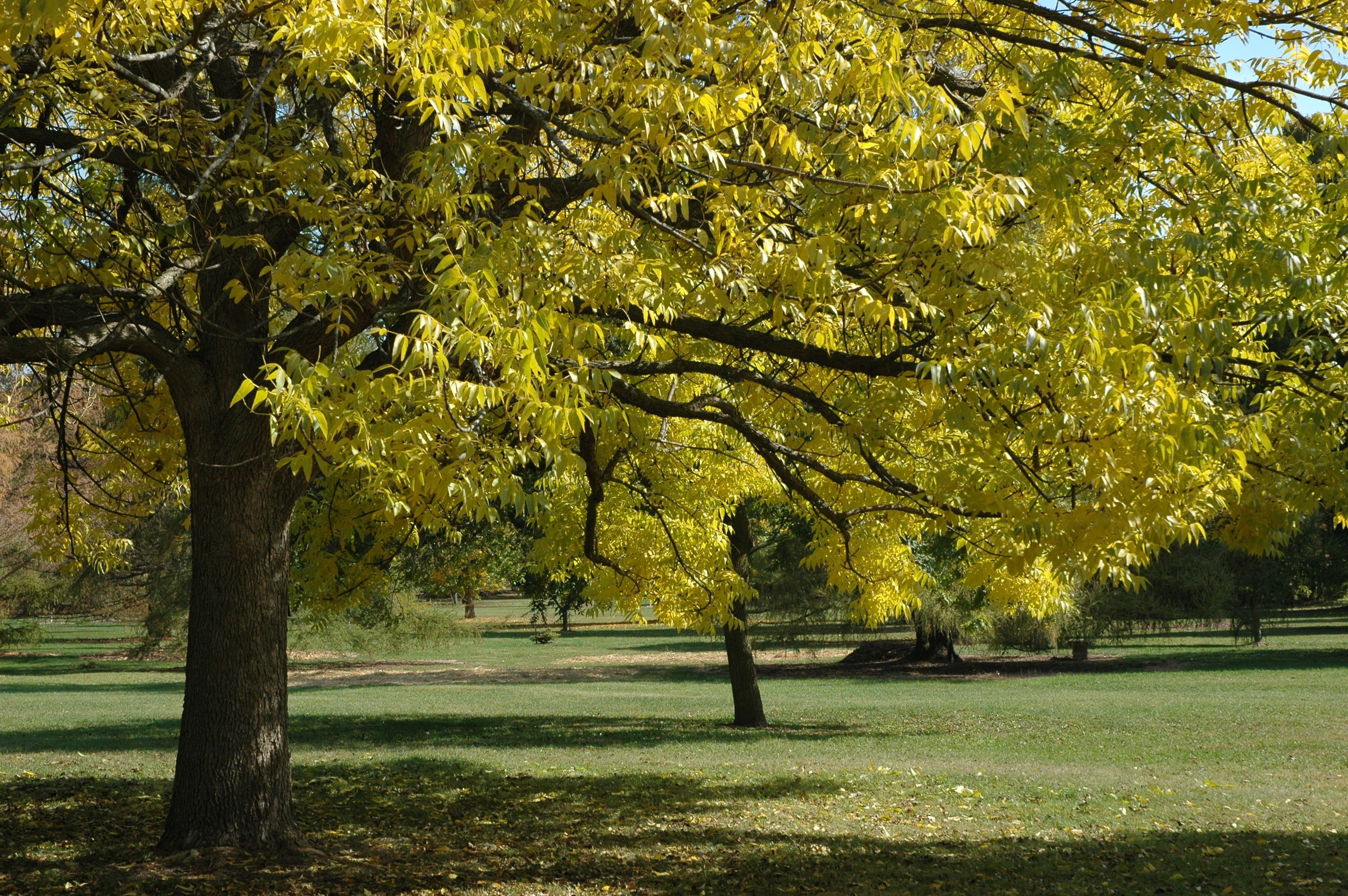
Fraxinus quadrangulata
Fraxinus quadrangulata. Credit: The Morton Arboretum
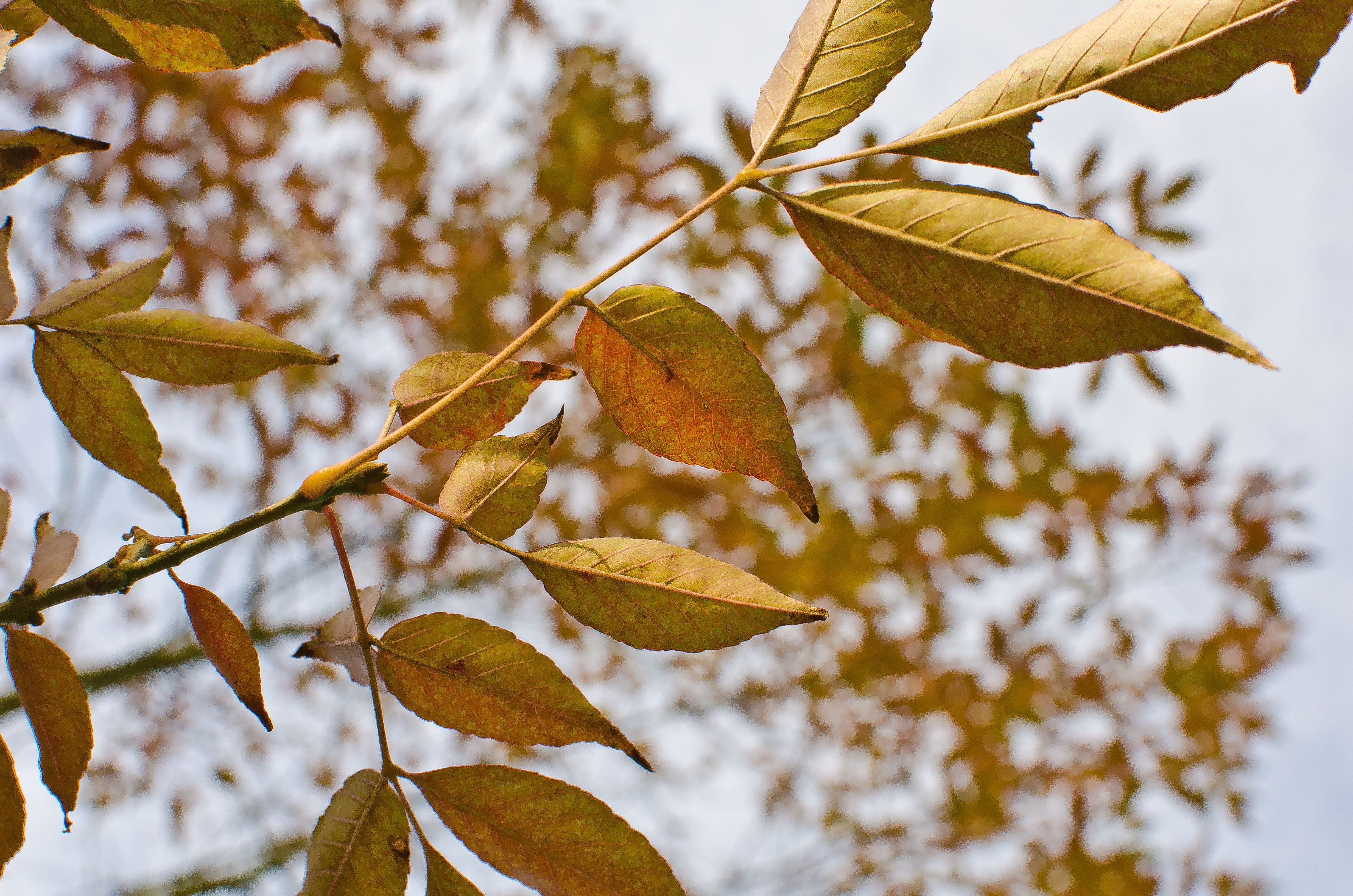
Fraxinus chinensis
Fraxinus chinensis. Credit: Ian Harvey-Brown
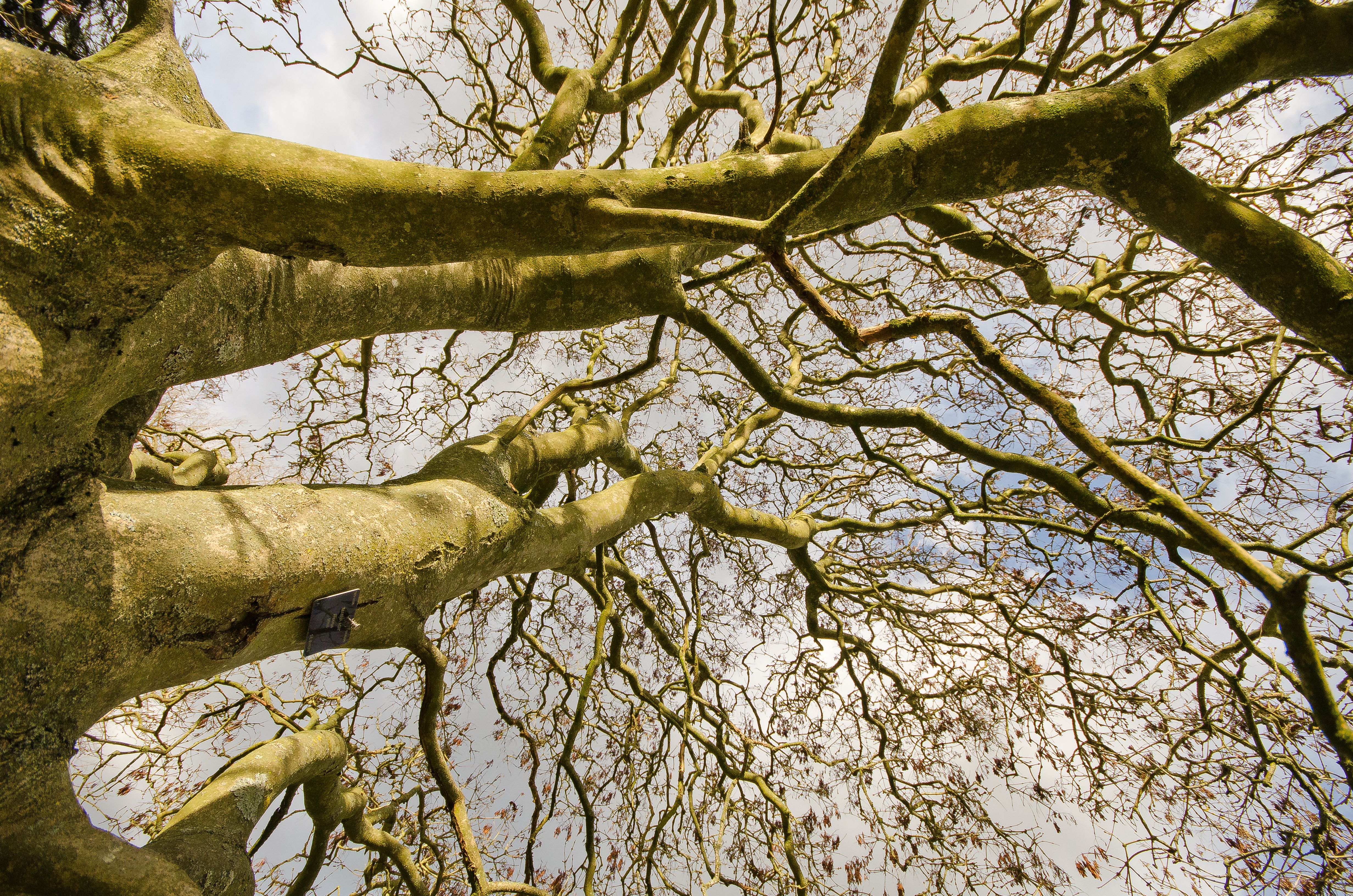
Fraxinus ornus
Fraxinus ornus. Credit: Ian Harvey-Brown
However, with 11 species threatened with extinction, there is still work to be done and it is necessary to conserve these species due to the scale of the global threats facing them. These threats are a great risk to even the largest populations of these valuables trees.
This is no better highlighted than in North America where an invasive pest, the emerald ash borer, originally from Asia, has devastated previously abundant and dominant ash tree populations. Due to the rapid spread of this insect and the lack of natural resistance in North American populations, at least 100 million ash trees have been lost from 31 US states since the 1990s. The population decline in eastern North American ash is so great that one species is Endangered and five are now Critically Endangered on The IUCN Red List.
Consequently, the report identified pests and diseases as the greatest threat to Fraxinus species. The five remaining threatened species of Fraxinus are at risk due to small and fragmented geographic ranges, where they are also exposed to risk from human-led habitat conversion or logging for timber.
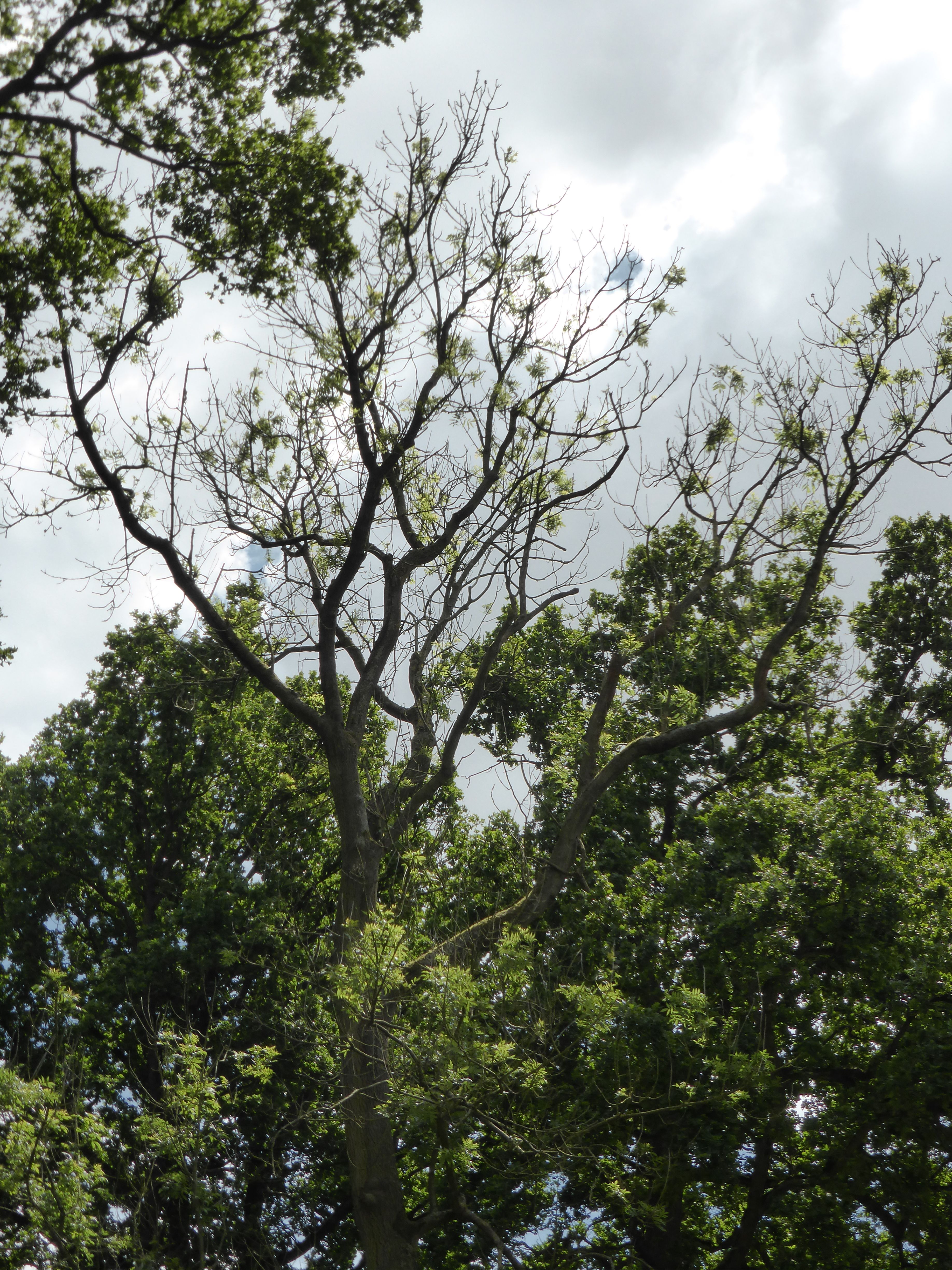
Fraxinus excelsior hit by Chalara
Fraxinus excelsior with ash dieback. Credit: Arboretum Wespelaar
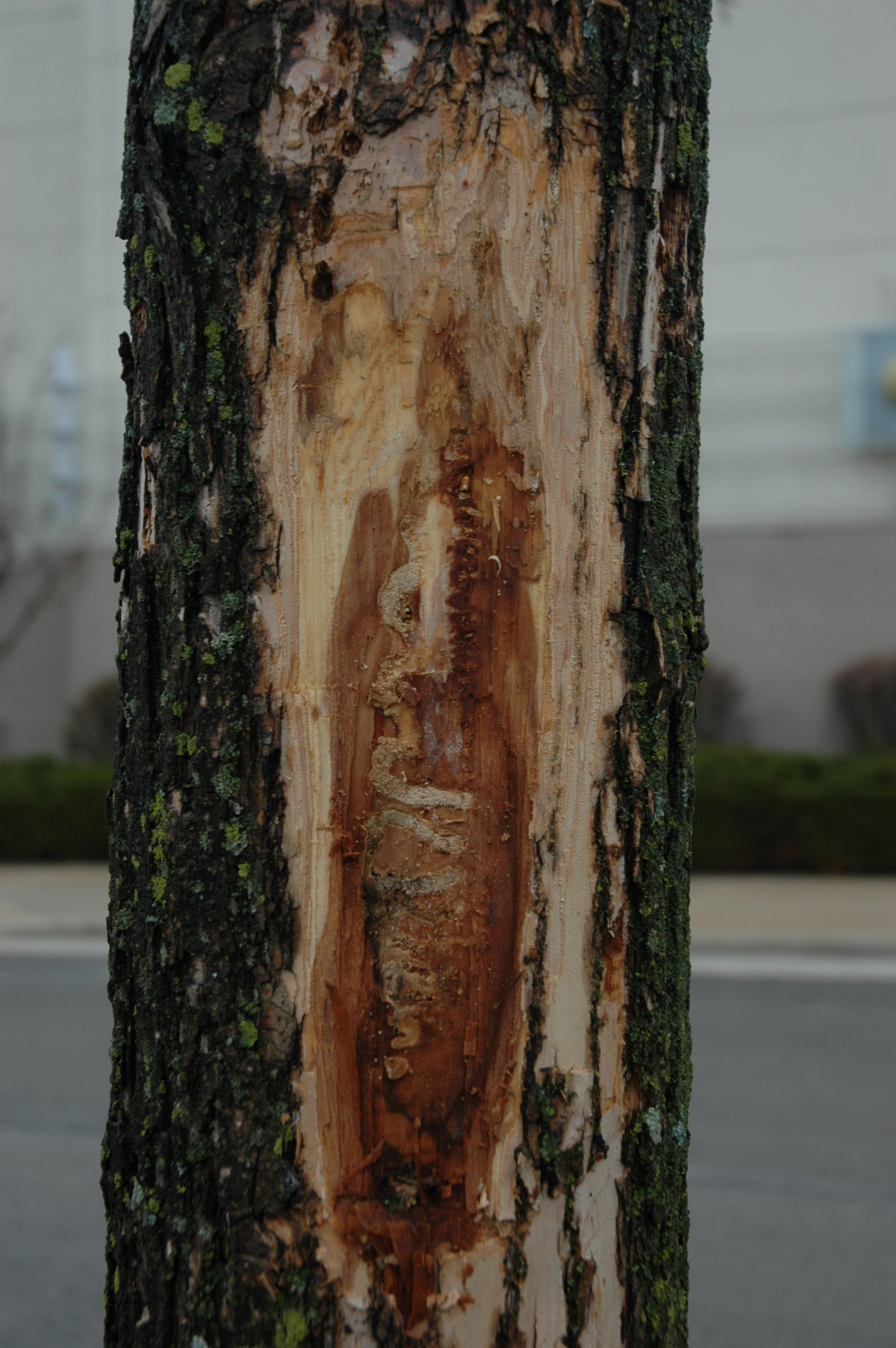
Scraping for emerald ash borer_The Morton Arboretum
Scraping for emerald ash borer. Credit: The Morton Arboretum
In better news, the report found that 85% of Fraxinus species occur in ex situ collections worldwide, with only one threatened species not yet covered by this extinction safeguard. In fact, the majority of threatened Fraxinus occur in a large number of ex situ collections. The species not found in collections are Fraxinus ferruginea, F. hubeiensis (EN), F. petenesis, F. pringlei, F. punctata, F. purpusii, F. reflexiflora and F. rufescens.
The report highlights the important work of The International Plant Sentinel Network, The UK Forestry Commission and The Morton Arboretum who are using ash ex situ collections to fight back against problematic pests and diseases. The occurrence and use of Fraxinus in botanic gardens offers a unique opportunity to study resistance to pathogens such the emerald ash borer.